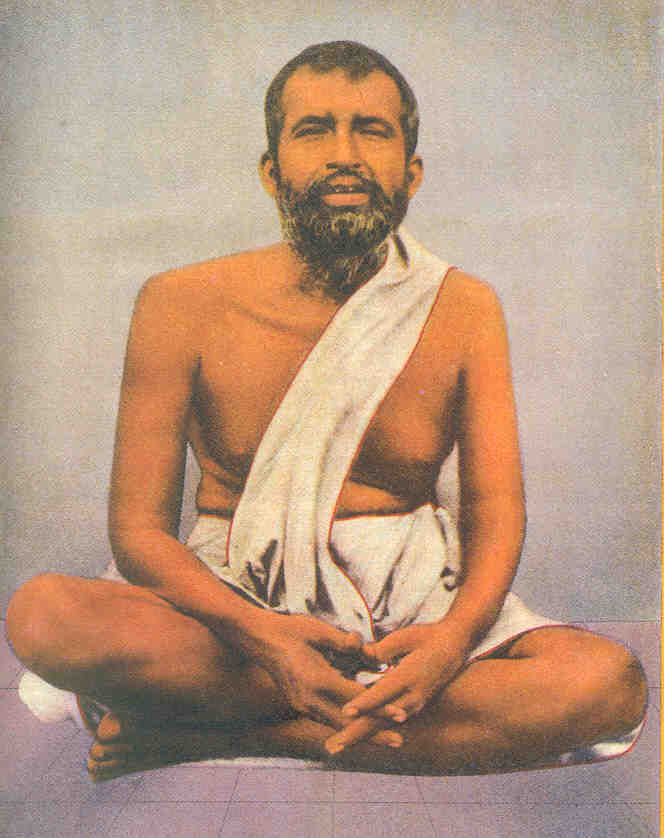10: The One Supreme Absolute Alone Is : 2.
The Teachings of the Bhagavadgita :
It is rarely we see people with all these faculties in proper proportion – such an integrated individual is difficult to see.
These faculties in the human being are the instruments of the practice of yoga, so that we cannot contact reality except through the apparatus with which we are endowed. These four features mentioned determine and decide our encounter with God, the Supreme Being; and the way in which we visualise the Supreme Being through these faculties goes by the names of the various yogas: jnana, yoga, bhakti, karma and the like. In the Bhagavadgita we have a large detail opened up before us of all these methods of spiritual practice, though we cannot say that anywhere does the Bhagavadgita create a watertight compartment among these procedures or ways of approach.
In every slokam of the Gita there is a touching of everything practically, and there is no airtight distinction of one from the other. However, to be more precise and to make it more convenient to us, teachers of the Bhagavadgita and interpreters of this gospel have tried to discover instructions and teachings in the Bhagavadgita which accept the employing of these faculties for the purpose of religious living or spiritual practice, and particularly references to some of the verses from the twelfth chapter of the Bhagavadgita which, at least according to certain careful interpreters like the great Madhusudana Saraswati, seem to take into consideration these four yogas, so-called, which adopt the techniques of reason, will, emotion and action.
Mayyeva mana adhatsva mayi buddhim nivesaya
nivasishyasi mayyeva ata urdhvam na samsayah (Gita 12.8).
This is one verse in the twelfth chapter: "Absorb yourself in Me." This has been understood to signify a communion of the soul with the Absolute.
Mayi buddhim nivesaya: "May your reason be united with My Being."
Our principle faculty of knowing is reason, for all practical purposes, and when the reason is dissolved in a higher reason, the individual practically is swallowed-up in the larger dimension of this Infinitude.
So in this verse of the Bhagavadgita in the twelfth chapter, we seem to be told the final stroke in yoga – a jump into the Ocean of All-Being, and a dissolution of one's self in the All-Consuming Reality. But this is a hard job. No mortal who considers himself or herself as a human being can have the strength to embrace the ocean or the fire of God without terror for the affirming feature or the character of individuality. Nobody would like to die even for the sake of God Himself; they would like to live, whatever be the background of it. Dying is a very difficult thing. You cannot immolate yourself for the sake of God even. That is the last sacrifice that we would be prepared to do, and nothing can be more fearsome than that.
And any argument that God is all things will not be adequate here. "Let God be anything, but I will not do this sacrifice." Bhagavan Sri Krishna, the teacher of the Bhagavadgita, seems to know this weakness of human nature, and as a good master, a school master, a psychologist or a teacher, He would not expect the student to do what the student is not able to understand or do. So the teaching goes, "If this is not possible, you can take to repeated practise of this type of concentration." This abhyasa-yoga, or repetition of concentration, is akin to the technique suggested to us in such methods as we have in the Yoga Sutras of Patanjali for instance.
Atha cittam samadhatum na caknoshi mayi sthiram,
abhyasayogena tato mam icchaptum dhananjaya. (Gita 12.9):
"If you cannot so forcefully unite your whole being with Me, try by repeated practise to establish this contact Me and carry on this practise throughout your life."
Swami Krishnananda
To be continued ....
.jpg)
.jpg)

.jpg)

Comments
Post a Comment